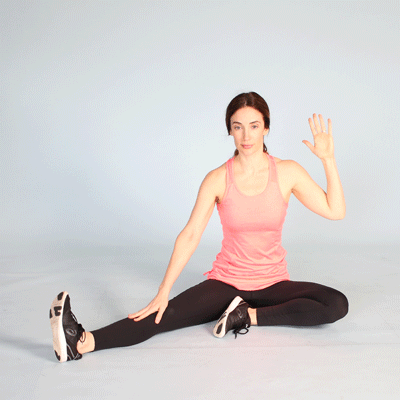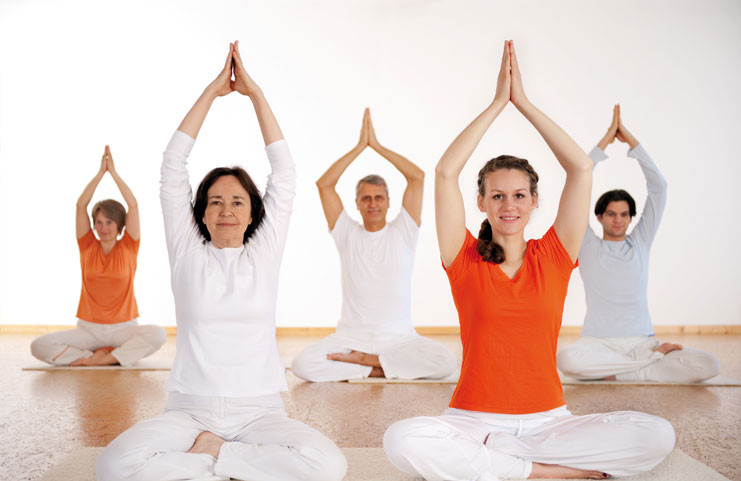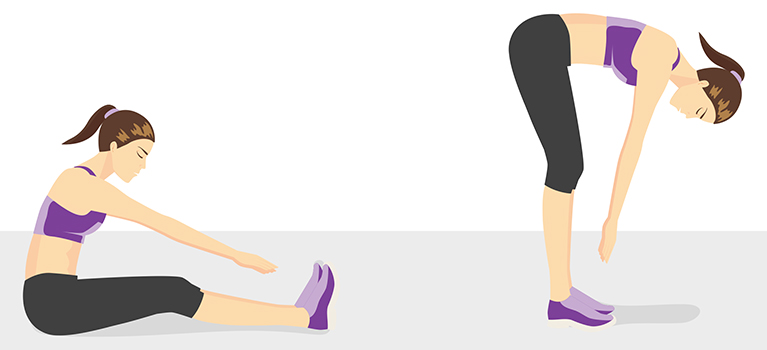
Those who sit cross legged for a long period of time may develop various health problems. It can affect your knees, back and spine. Numbness or pain in the muscles may also occur. You may be able to alter your posture to alleviate this. To reap the benefits of this exercise, you don't have to be able to cross your legs for long periods of time. However, it is possible to stretch your legs by sitting cross-legged for just a few seconds.
Cross-legged walking is a great method of exercise. It can strengthen your legs and increase blood circulation. However, you should also keep in mind that it is not for everyone. It is important to check the structure of your body and determine if cross-legged sitting is a good option for you. It is important to regularly change your posture to avoid developing bad habits.

Sitting cross-legged for too long can lead to spider veins. These small blood vessels are located in your legs. These veins look like spider webs below your skin. The best way to avoid this problem is to sit in the right position. Cross-legged means your hips should be higher than your knees. This position is best supported with leg support. To make this position more comfortable you can place a block underneath the sit bones. If you need to sit cross legged for a long time, it is a good idea to stand up every hour. It might be worth looking into a thicker cushion that will support your knees.
The common fibular nerve may cause numbness. This nerve is located at the bottom of your back and gives you sensation in your legs and lower extremities. Remember to not place too much pressure onto the nerve. Although the nerve is not affected by excessive pressure, it can cause tingling sensations. To alleviate pinching, the Pigeon pose may be a good option.
Muscle tension can also occur, particularly in the hips. Your back may appear rounder if your hips feel tight. It can make it uncomfortable to sit cross-legged. This can be avoided by moving your legs further away from your body. You can ease hip pain by trying some hip-opening positions, like Pigeon. If your hips don't feel tight enough, try the Easy Pose. This pose is the child's "Indian style" of sitting flat on the ground. You can also place a block under your ankles to ensure your legs are in the correct position.

Even though it is beneficial for your joints and can help prevent injury, sitting cross-legged could cause joint damage. Other than the obvious pain and numbness of your joints, you could also develop deformities or problems in your spine and lowerback.
FAQ
How does yoga change your body?
Yoga helps you relax, stretch, and strengthen your core. It makes you feel great. This is due to yoga improving flexibility, strength, stress management and overall health. This can lead to improved sleep quality, better concentration, and higher energy levels.
Yoga increases blood flow which makes you less likely get the flu or cold. This is due to the fact that yoga allows you to breathe deeply, increasing oxygen supply to your brain.
Yoga relieves tension, pain, and helps with stress. These postures improve posture and strengthen joints and muscles.
You should therefore practice yoga daily to maintain your health and happiness.
Are yoga mats necessary?
Not necessarily. Many studios offer mats for students. These mats, which are often made of rubber, are easy to clean.
You could also opt to buy your mat. A high-quality mat will last many years.
What is the average time it takes to learn yoga?
Yoga is a lifelong journey that requires dedication and patience. The truth is that everyone has his/her own pace when learning new things.
It doesn't make a difference how old you might be. With enough commitment and hard work, you can master any yoga routine.
What are some of the health benefits that yoga has for you?
Yoga is an ancient Indian practice. As a way to improve mental well-being and physical fitness, it was developed over centuries by Hindu monks. Many people practice yoga to relax and relieve stress. Some believe that yoga helps them build strength and flexibility.
Yoga can also improve balance and coordination. This makes it an excellent exercise for older adults who wish to remain active. It can prevent injuries from falling or other causes.
Yoga strengthens your cardiovascular system, which is why it's good for your heart. This is helpful if you're overweight, have high blood pressure, or suffer from diabetes.
Yoga has been shown to help reduce stress, anxiety depression, insomnia, and other symptoms. For those with arthritis or fibromyalgia, yoga can be especially beneficial.
As you get older your muscles naturally lose elasticity. Yoga can keep your muscles flexible and strong. You'll find that yoga gives you more energy and stamina as you age.
According to The National Institute on Aging yoga regularly has been shown in studies to reduce symptoms of depression like fatigue and feelings of hopelessness. According to the institute yoga can increase bone density and lower cholesterol.
Yoga can also ease headaches and back problems. Yoga's gentle pace and slow movements make it a great choice for relieving muscle spasms.
Is 20 minutes of Yoga a Day enough?
Yoga should not be viewed as just exercise but as an opportunity for self-discovery. It is a chance to reflect on the life you lead and the choices that have been made.
My friend introduced me to yoga a few years back. He had been practicing it for many decades. He explained to me that he did 20 minutes of yoga each morning which made him feel calmer during the rest of the day.
I tried it and noticed a significant improvement in my overall wellbeing. I have continued practicing yoga every day since and find it helps me relax and concentrate when I am at my desk.
Find what works for you, and then set realistic goals. If you don't feel the benefits of yoga, you don't have to do it all day.
How does yoga affect your mental health and well-being?
Yoga is an ancient practice that originated from India. It was used by people to relax and reduce stress. Many people now use yoga to deal with anxiety, panic attacks (panic attacks), depression, chronic pain, insomnia, and other conditions.
Yoga can help improve your physical symptoms, such as backaches, arthritis, headaches, high blood pressure, and other conditions like high blood pressure. Yoga has been reported to make people happier and more calm.
Can I take classes with others?
It all depends on what class you are in. Private lessons may be offered only by some teachers. Other teachers offer group classes, where students can get to know each other.
Studio owners may offer classes within classes, which are small groups of people who share similar interests and goals.
Statistics
- According to the Agency for Healthcare Research and Quality, falls are incredibly common among older adults in nursing facilities. Even the simplest ones can increase the risk of death (24). (healthline.com)
- Gentle yoga has been shown to ease some of the discomforts of tender, swollen joints for people with arthritis, according to a Johns Hopkins review of 11 recent studies. (hopkinsmedicine.org)
- Start your Fall off right with 20% off All Access Membership when you sign up by 9/25! (corepoweryoga.com)
- According to calorie estimates calculated at Harvard Medical School, the average 125-pound person burns about 120 calories in a half hour of hatha yoga, and a 185-pound person burns about 178 calories in that half hour. (everydayhealth.com)
- Lock in 25% off your Founding Member rate. (corepoweryoga.com)
External Links
How To
Is yoga a good method to lose weight
To answer that question, we need to first define yoga. Yoga, an ancient form exercise, originated in India. It was originally developed by Indian Yogis who wanted to achieve spiritual enlightenment as well as physical fitness.
Yoga focuses not only on strengthening the muscles but also relaxing the mind. It is aimed at achieving a state where one is completely relaxed and free from anxiety and stress. Meditation and breathing techniques are two ways to achieve this state of relaxation.
Yoga is a practice that involves various postures or poses. They are intended to stretch certain muscles and strengthen others. These poses are often held for several moments at a stretch. They may also involve rhythmic movements such as slow walking, jumping, or moving through mud.
The goal of yoga, however, is to improve one's overall energy and not burn calories. As a result, most people who engage in yoga can maintain a healthy weight.
You'll be amazed at how relaxed you feel when you start practicing yoga. You'll experience a shift in your moods and be more comfortable sleeping.
Your skin will glow, and you'll look younger.
Many people notice a decrease in blood pressure once they begin yoga.
Research has also shown that yoga may help reduce the symptoms of depression.
Yoga does not work in the same way that other forms of exercise. Yoga increases oxygen flow throughout the body. This allows the brain and body to relax and release endorphins. These can be used to trigger feelings like happiness and pleasure.
Some people have difficulty losing weight due to genetics. You might not want to do yoga until you reach your ideal weight if you're one of those people.